Chess is a game of strategy, skill, and patience that has captivated minds for centuries. Whether you’re a beginner or an experienced player, knowing how to set up a chess board correctly is the first step to an enjoyable game. At Outpace Chess Academy, we believe that a strong foundation is crucial for success in chess. In this comprehensive guide, we’ll walk you through the process of setting up a chess board, share some interesting facts, and provide tips to help you remember the correct placement of pieces.
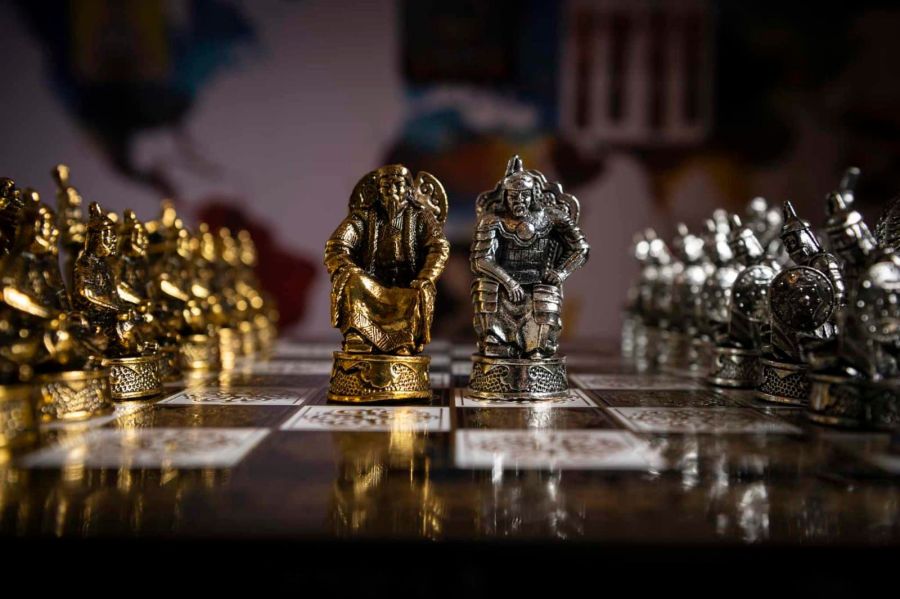
The Importance of Proper Chess Board Setup : How to Set Up a Chess Board
Before we dive into the details, let’s understand why correct board setup is so vital:
- Fair play: A properly set up board ensures that both players start on equal footing.
- Game integrity: Correct setup prevents confusion and disputes during the game.
- Learning foundation: For beginners, understanding the initial position of pieces is crucial for learning chess strategies.
- Tournament readiness: In competitive play, knowing how to set up a board quickly and accurately is essential.
At Outpace Academy, our online chess classes emphasize the importance of mastering these basics, especially in our online chess classes for kids.
Chess Board Basics : How to Set Up a Chess Board
Before we start placing pieces, let’s familiarize ourselves with the chess board:
- A standard chess board consists of 64 squares arranged in an 8×8 grid.
- The squares alternate between light and dark colors, traditionally white and black.
- Each player controls 16 pieces: one king, one queen, two rooks, two knights, two bishops, and eight pawns.
Step-by-Step Guide to Setting Up a Chess Board : How to Set Up a Chess Board
Now, let’s go through the process of setting up the board, step by step:
Step 1: Position the Board
- Place the board between the two players.
- Ensure that the bottom-right corner square for each player is light-colored. Remember the phrase: “White on right.”
Step 2: Place the Rooks
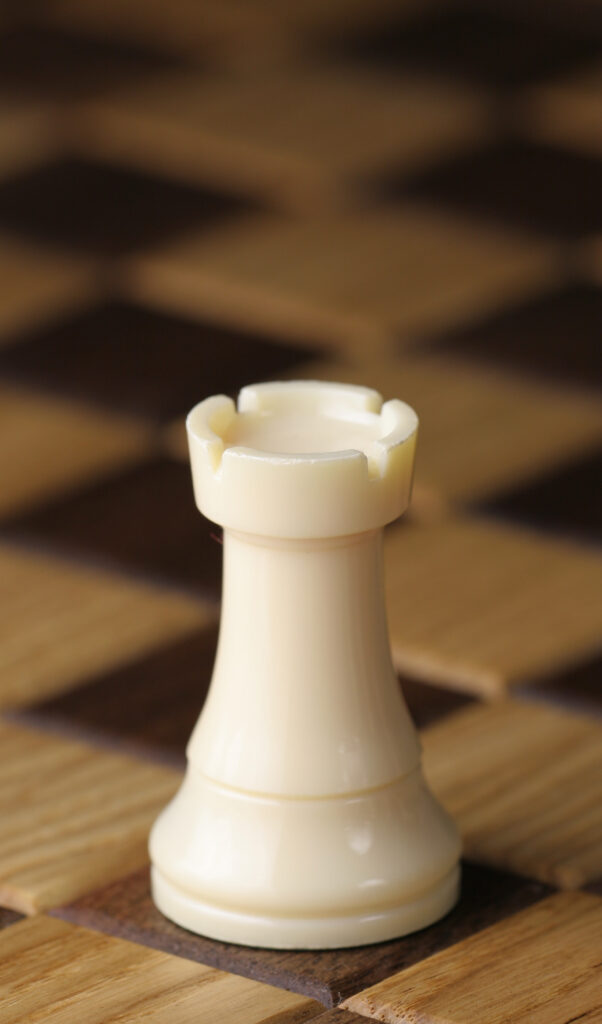

- Rooks go in the corners.
- Place one rook on each of the four corner squares.
Step 3: Position the Knights
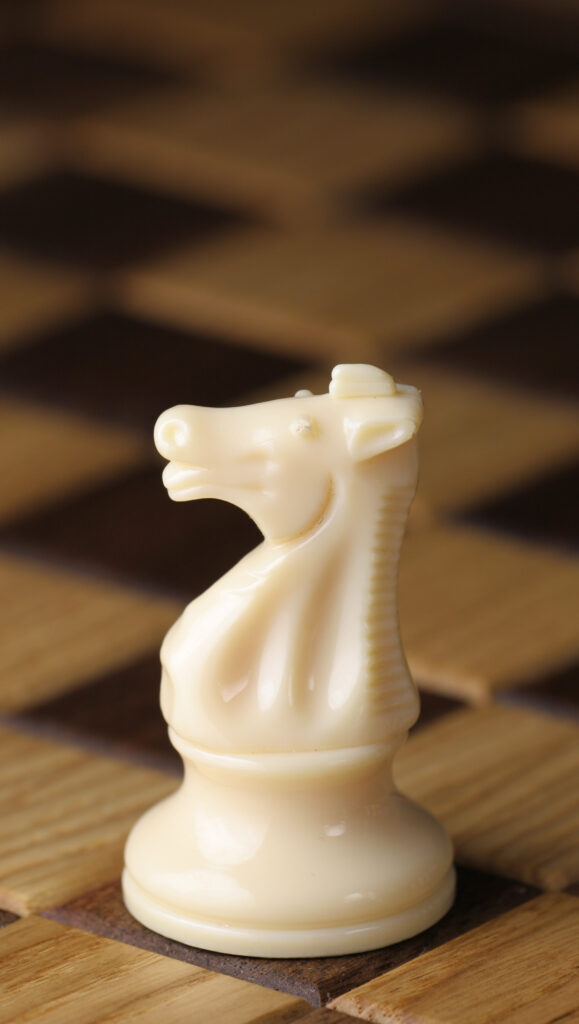
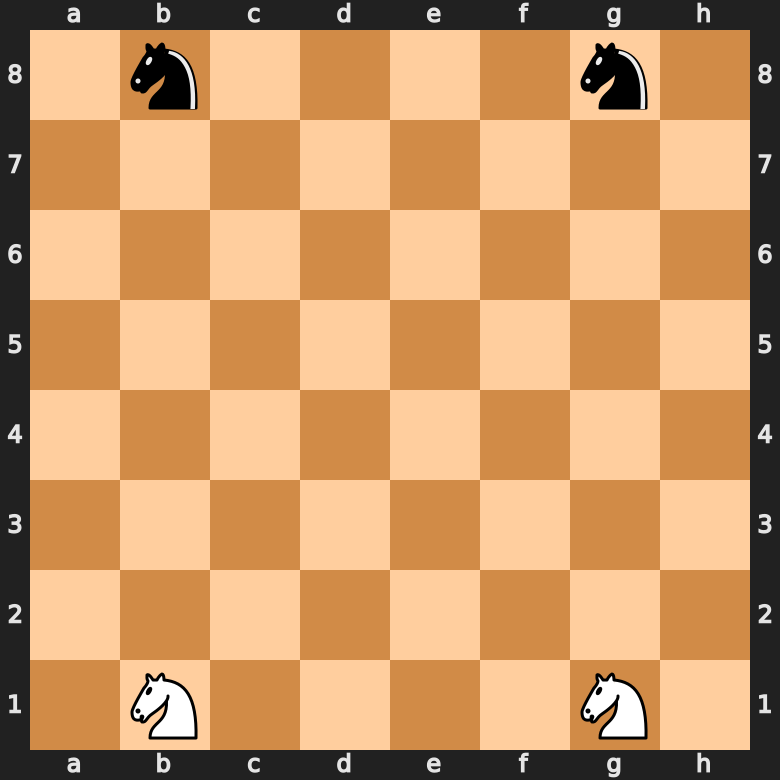
- Knights are placed next to the rooks.
- Think of them as the rooks’ trusty steeds.
Step 4: Set Up the Bishops


- Bishops are placed next to the knights.
- Each player should have one bishop on a light square and one on a dark square.
Step 5: Place the Queen
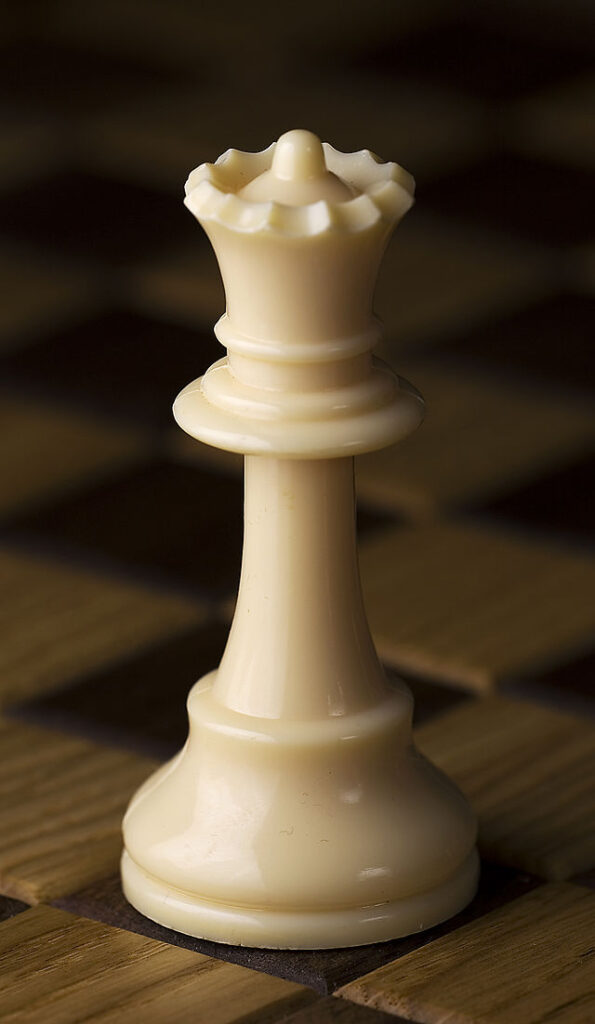
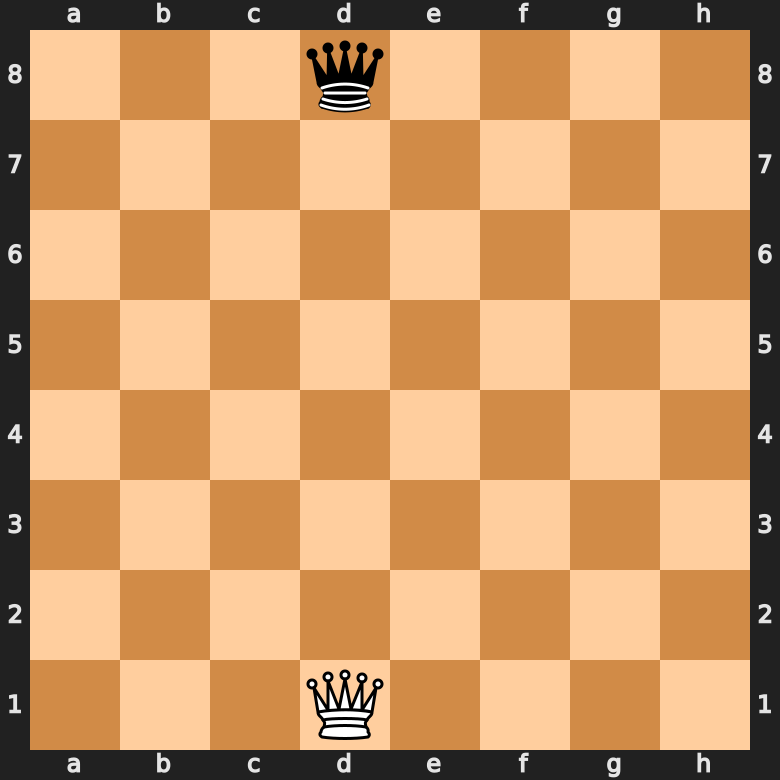
- The queen is placed on her own color.
- For white, the queen goes on the remaining light square in the back rank.
- For black, the queen goes on the remaining dark square in the back rank.
Step 6: Position the King
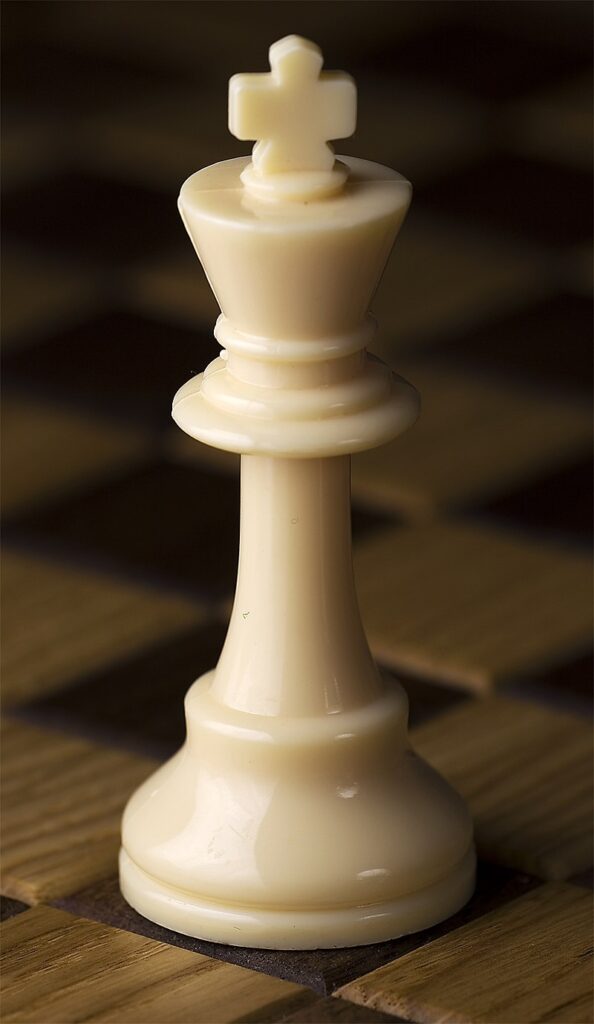

- The king takes the last remaining square in the back rank.
- Remember: “The queen loves her color.”
Step 7: Arrange the Pawns

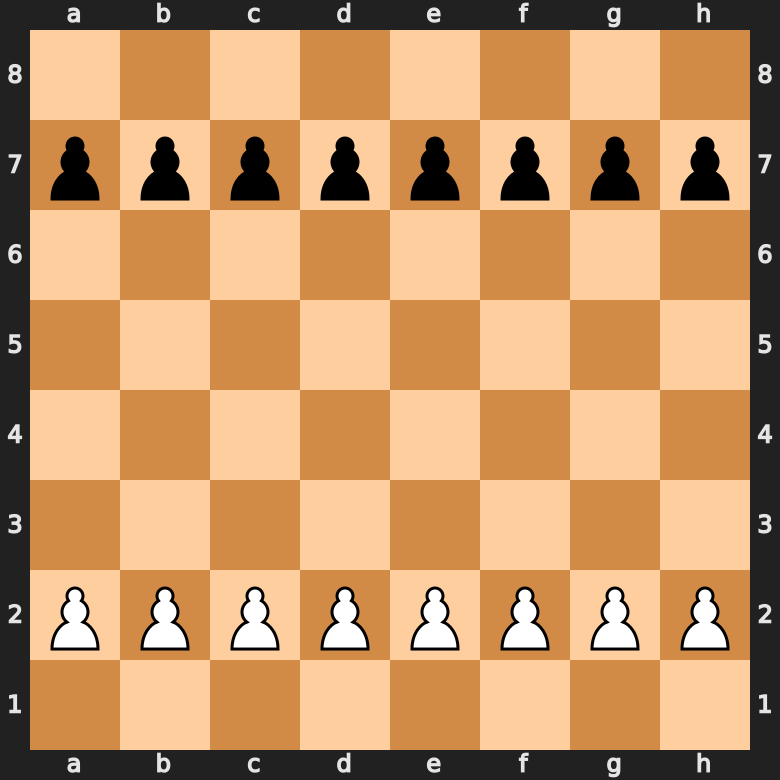
- Place pawns in a row in front of the other pieces.
- Each player will have eight pawns forming a protective line.
Tips for Remembering Chess Piece Placement : How to Set Up a Chess Board
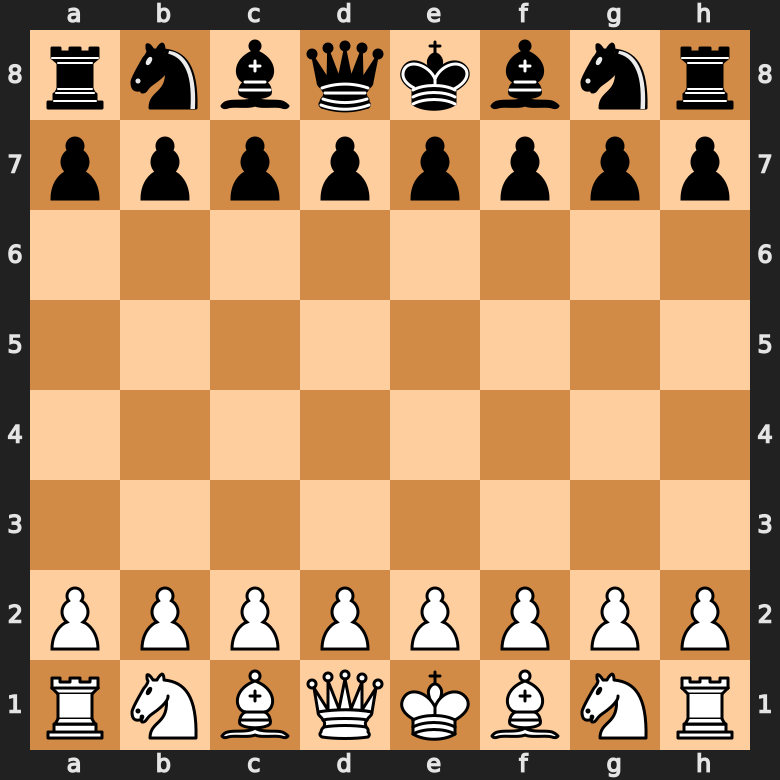
At Outpace Chess Academy, we use several mnemonics to help our students remember the correct setup:
- “Queen on her color”: This reminds you that the queen always starts on a square matching her color.
- “White on right”: Ensures the board is oriented correctly for both players.
- “Rooks on rocks”: Rooks belong in the corners, like castles on rocky outcrops.
- “Bishops by their kings and queens”: Bishops are placed next to the royal pieces.
- “Knights jump in”: Knights are the only pieces that can jump over others, so they’re ready to “jump in” from their starting positions.
Common Mistakes to Avoid : How to Set Up a Chess Board
Even experienced players can make mistakes when setting up a chess board. Here are some common errors to watch out for:
- Misplacing the king and queen: Remember, the queen always starts on her own color.
- Swapping bishops and knights: Knights go next to the rooks, bishops next to the royal pieces.
- Incorrect board orientation: Always check that the right-hand corner square is light for both players.
- Misaligning pawns: Ensure all pawns are on the second rank from each player’s perspective.
The Significance of Proper Setup in Chess Strategy : How to Set Up a Chess Board
Understanding the initial position of chess pieces is crucial for developing strong opening strategies. In our online chess classes, we emphasize how each piece’s starting position influences its role in the game:
- Pawns: The front line of defense, controlling the center, and potential for promotion.
- Knights: Poised to be the first pieces to move, ideal for early development.
- Bishops: Diagonal movers, crucial for controlling long diagonals and supporting pawn structures.
- Rooks: Initially trapped behind other pieces, but powerful when freed through castling.
- Queen: The most powerful piece, starting in a protected position to avoid early exchanges.
- King: Centrally placed for protection, with the option to castle for safety.
Chess Variants and Different Setups : How to Set Up a Chess Board
While the standard chess setup is universally recognized, there are several chess variants that use different starting positions or board layouts. At Outpace Chess Academy, we sometimes explore these variants in our online chess classes for kids to broaden their understanding of the game:
- Fischer Random Chess (Chess960): Pieces on the back rank are randomized, promoting creativity and reducing reliance on opening theory.
- Crazyhouse: Captured pieces can be dropped back onto the board as part of a player’s move.
- Grand Chess: Played on a 10×10 board with additional pieces, requiring a different initial setup.
- Xiangqi (Chinese Chess): Uses a different board layout and piece set, but the principle of careful initial positioning remains crucial.
The Role of Technology in Chess Setup and Play : How to Set Up a Chess Board
In today’s digital age, many chess enthusiasts are turning to online platforms for play and learning. At Outpace Academy, our online chess classes leverage technology to enhance the learning experience:
- Digital boards: Automatically set up correctly, allowing players to focus on strategy.
- Analysis tools: Instantly evaluate positions and suggest optimal piece placements.
- Interactive lessons: Visualize how different setups can lead to various opening strategies.
While these tools are invaluable, we always emphasize the importance of understanding and being able to set up a physical board correctly.
Chess Etiquette and Board Setup : How to Set Up a Chess Board
Proper chess etiquette extends to setting up the board. In tournaments and formal play, there are certain conventions to follow:
- Respect your opponent’s space: When setting up, avoid reaching across the board into your opponent’s area.
- Agree on piece adjustments: If a piece is not centered on its square, ask before adjusting it.
- Be mindful of time: In timed games, set up quickly and efficiently.
- Offer to help: If your opponent seems unsure about the setup, politely offer assistance.
These courtesies are part of the broader chess culture that we instill in our students at Outpace Chess Academy.
The Psychology Behind Chess Board Setup : How to Set Up a Chess Board
The process of setting up a chess board can have psychological benefits and implications:
- Ritual and focus: The act of carefully placing each piece can help players enter a focused mindset.
- Visualization practice: Setting up the board repeatedly enhances a player’s ability to visualize positions.
- Respect for the game: Taking care with setup demonstrates respect for the game and your opponent.
In our online chess classes for kids, we emphasize these aspects to help develop a holistic approach to chess.
Maintaining Your Chess Set : How to Set Up a Chess Board
A well-maintained chess set not only looks better but can also enhance your playing experience. Here are some tips for caring for your chess set:
- Regular cleaning: Gently wipe pieces and the board with a soft, dry cloth.
- Proper storage: Store pieces in a felt-lined box or bag to prevent scratches.
- Avoid extreme temperatures: Keep your chess set away from direct sunlight or damp areas.
- Handle with care: Lift pieces rather than sliding them to preserve the board’s finish.
A well-kept chess set can last for generations, becoming a cherished item that carries the history of countless games.
Conclusion : How to Set Up a Chess Board
Setting up a chess board correctly is the first move in every chess game. It’s a skill that combines knowledge, precision, and respect for the game’s traditions. Whether you’re playing on a wooden board passed down through generations or engaging in online chess classes, the principles remain the same.
At Outpace Chess Academy, we believe that mastering the basics, including board setup, is crucial for developing strong chess skills. Our comprehensive approach ensures that students not only learn the rules but also understand the reasoning behind them.
Remember, every great chess player started by learning how to set up the board correctly. It’s the foundation upon which all chess strategy is built.
Are you ready to take your chess skills to the next level? Join us at Outpace Chess Academy for expert instruction and engaging online chess classes. Whether you’re a beginner looking to learn the basics or an experienced player aiming to refine your strategy, our tailored programs cater to all skill levels.
Our online chess classes for kids are specially designed to make learning fun and interactive. With personalized attention from experienced instructors, your child will not only learn chess but also develop critical thinking skills that will benefit them far beyond the chessboard.
Don’t let the complexity of chess intimidate you. At Outpace Academy, we break down the game into manageable lessons, starting with the very basics like board setup and progressing to advanced strategies.
Take the first step towards chess mastery today. Visit our website or contact us to learn more about our online chess classes and find the perfect program for you or your child. Let’s embark on this exciting chess journey together!
Join Outpace Chess Academy now and discover the fascinating world of chess in a supportive and engaging online environment. Your next move could be the beginning of a lifelong passion for the game of kings and queens!



